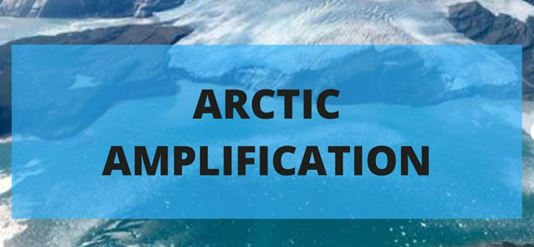Free Courses Sale ends Soon, Get It Now


Free Courses Sale ends Soon, Get It Now



Disclaimer: Copyright infringement not intended.
Context
Details
What is Arctic amplification? What causes it?
What do the previous studies say?
What are the consequences of Arctic warming?
What is the impact on India?
https://epaper.thehindu.com/Home/ShareArticle?OrgId=GA4A5OE44.1&imageview=0
© 2024 iasgyan. All right reserved